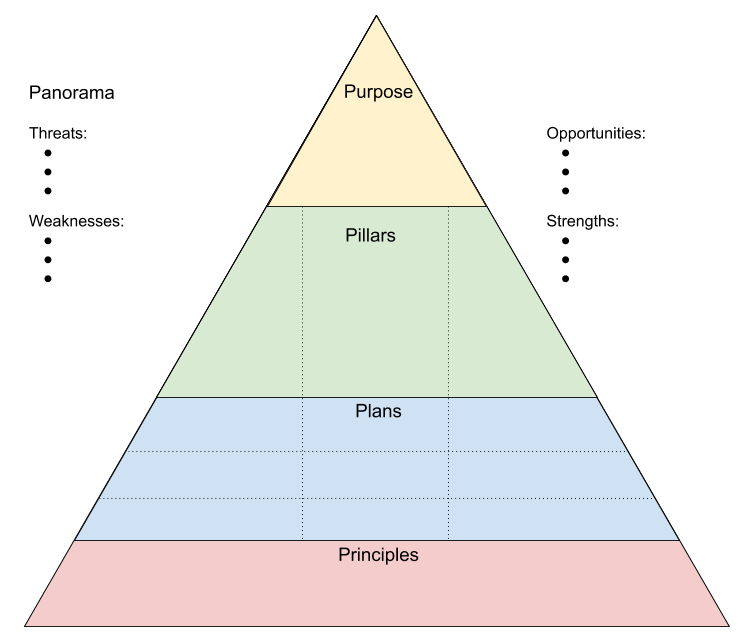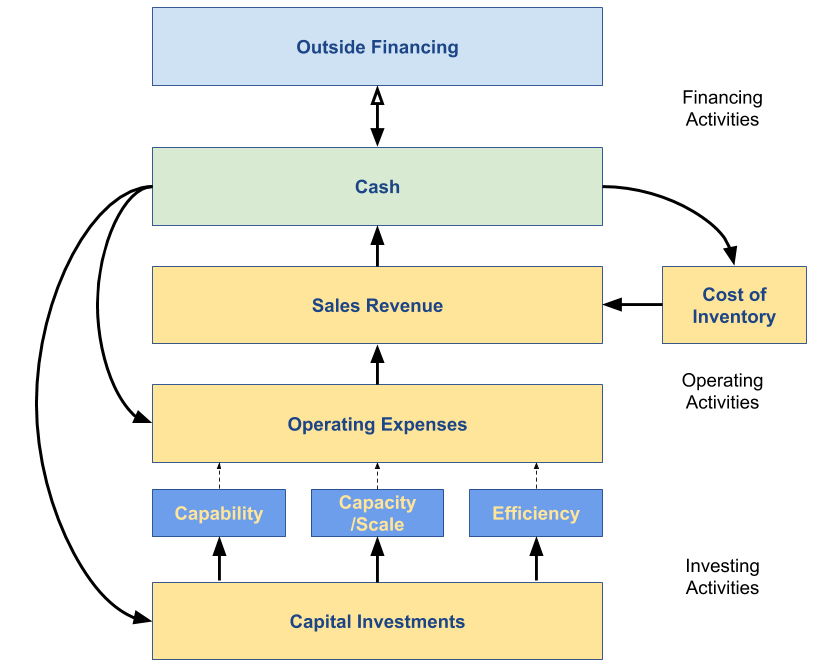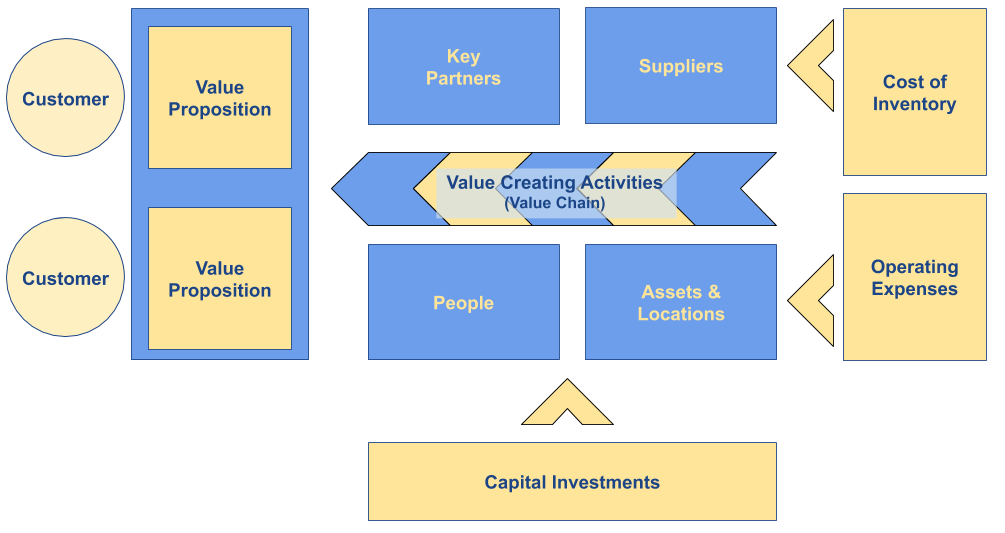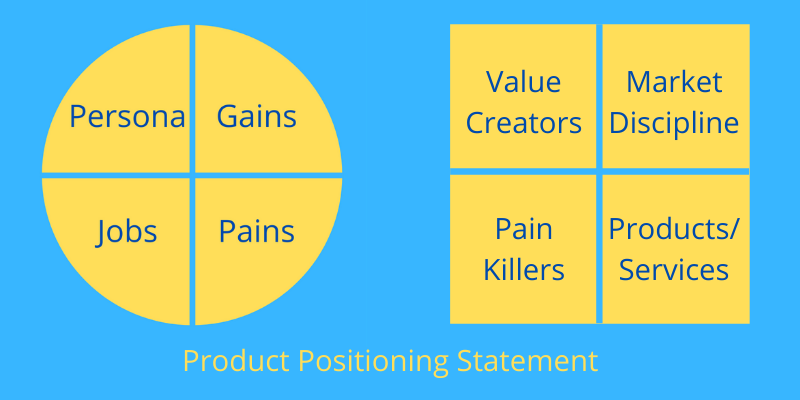Get It Done!
Major initiatives often involve change, which can be challenging to manage, and the specific nature of the initiative will impact how we think about and manage the work to be done. Specifically, I think it’s helpful to identify which initiatives are starting something new, which are stopping something old, and which are enhancing an existing capability.
The definition of initiative is “an introductory step” and many initiatives involve starting something new. Tools used by startup businesses can prove helpful when launching new ventures within an existing organization.
Stopping existing activities may not be as much fun as starting new things, but you might be tempted to think that stopping is easier than starting. Often, that’s not the case. Stopping one aspect of operations can impact customers, partners, and other parts of the operations, sometimes in surprising ways.
Some initiatives involve implementing plans to change the investment mix in the organization — defining where to invest and grow and where to merely maintain the current position. In general these types of initiatives are less complex and lower risk than those involving starting or shutting down operations.










